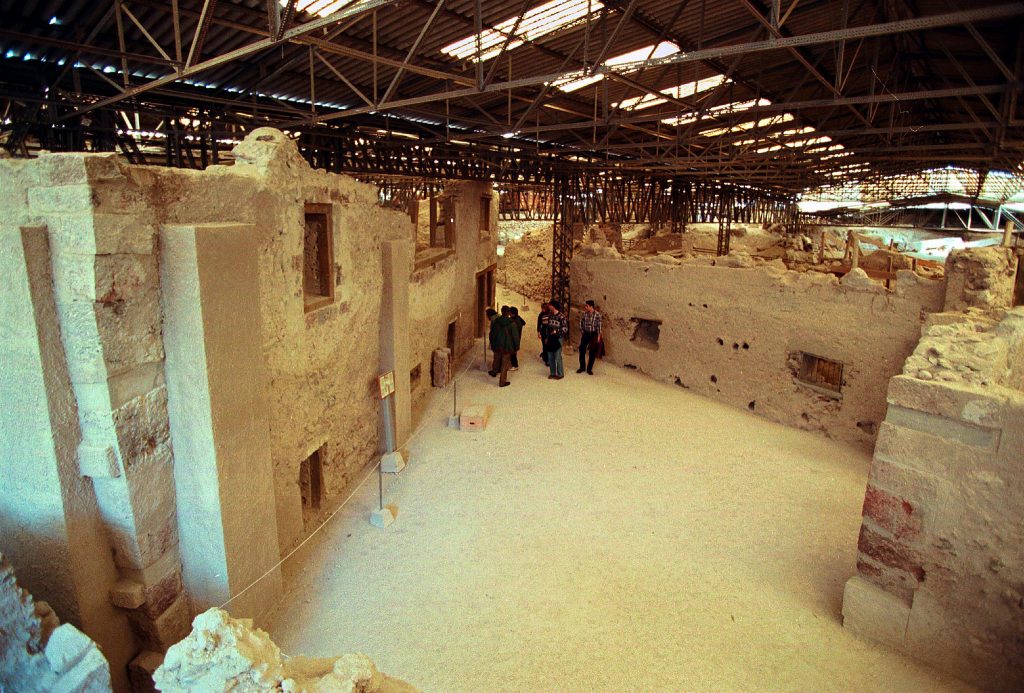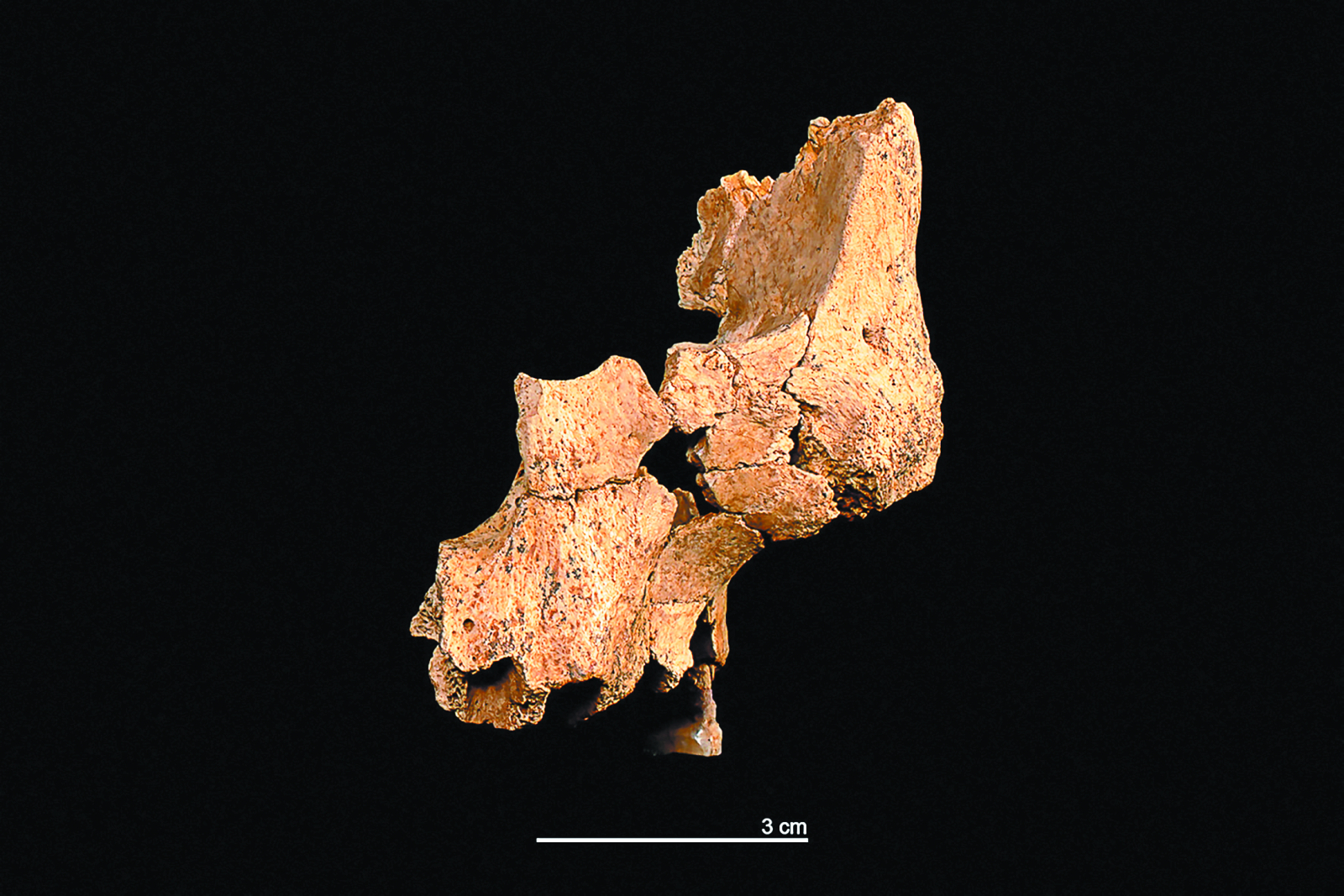Researchers in Spain have uncovered what could be the oldest known human face in Western Europe, dating back between 1.1 and 1.4 million years. The fossil, discovered in the Sima del Elefante cave (“Pit of the Elephant”) at the Atapuerca archaeological site, may belong to an unknown member of the human family tree.
The fossil consists of part of the left side of an adult’s skull, whose sex remains uncertain, while the exact species it belongs to is also unclear.
The researchers have temporarily named it Homo affinis erectus, recognizing similarities with Homo erectus, an early human ancestor that emerged in Africa around 2 million years ago and later spread into Eastern Europe, as evidenced by fossils found in Georgia dating back 1.8 million years.
However, no other evidence has yet been found of Homo erectus in Western Europe. The Spanish fossil shows notable differences, including a relatively delicate facial structure.
Moreover, the anatomy of the face appears more “primitive” compared to Homo antecessor, a species closely resembling modern humans (Homo sapiens) that is known to have lived in the Atapuerca region around 850,000 years ago.
Another possibility is that the fossil represents an entirely unknown species of the Homo genus. While the researchers caution that it’s too soon to draw such a conclusion, they acknowledge that this remains a plausible scenario.
The fossil from Sima del Elefante is roughly the same age as the earliest evidence of human presence in Western Europe—stone tools found in Spain that are estimated to be around 1.4 million years old. The new study raises the possibility that these tools may have been made by the same species that inhabited the cave.
Further answers may lie deep within the cave’s unexplored layers, as the excavation is far from complete.





